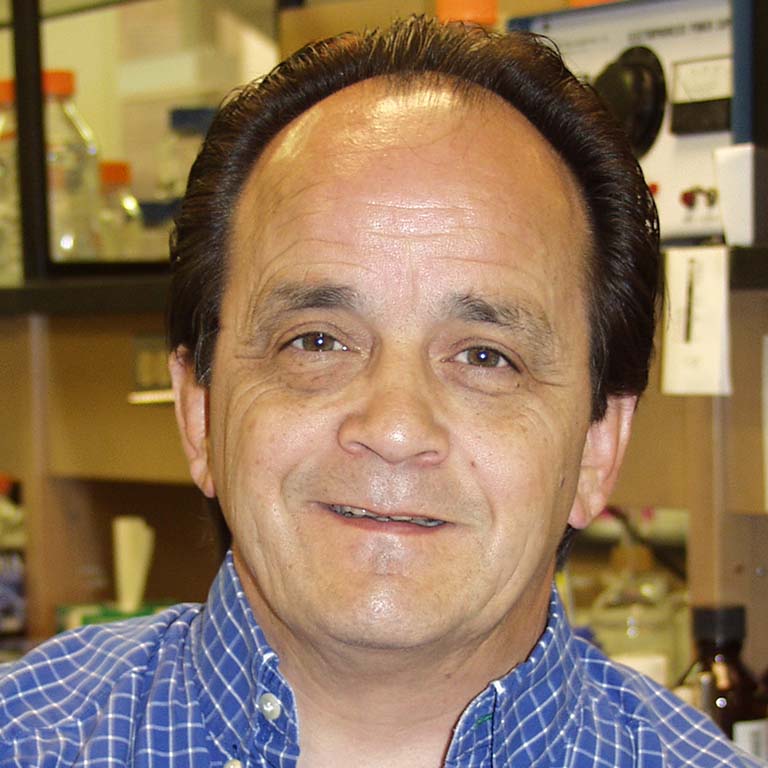- Ph.D., Albert Einstein College of Medicine, 1979

Tom Donahue
Professor Emeritus, Biology

Professor Emeritus, Biology
The ribosomal scanning model has been proposed to account for molecular events that give rise to the initiation of eukaryotic protein synthesis. However, little information exists as to which gene products as part of the 40S ribosome preinitiation complex bind or interact with mRNA to mediate this process.
Our laboratory has established a genetic approach to identify these gene products. Mutations are made in the 5' untranslated region ot the HIS4mRNA in yeast that block either ribosomal binding of the mRNA, the ability of the 40S to scan the leader, or ribosomal recognition of the start site. These His-mutants are then analyzed in genetic reversion studies with emphasis on identifying His + revertants which are a result of a mutation in a gene that is unlinked to HIS4. These external suppressors represent mutations in genes that encode components of the preinitiation complex that now restore HIS4expression through an alteration of the normal translation initiation process. These genes are cloned and sequenced and used to develop probes to relate their encoded gene products to the biochemistry of the initiation process. In addition, these genes are examined to determine if their expression is subject to transcriptional, translational or post translational regulation in response to different physiological conditions.
Studies to date indicate that the AUG codon in yeast mRNA constitutes the signal for ribosomal start site selection. The initiator tRNA is what recognizes the AUG codon through a three base pair codon: anticodon interaction. This process is tightly controlled through the initiation factors; elF-2, elF-5 and the Sui1 gene product. The mechanism of control involves GTPase activity that provides a molecular switch for assuring that initiation only occurs when a three base-pair codon: anticodon interaction takes place. Currently, we are studying this mechanism and attempting to define the role of each factor during this reaction using genetics and biochemistry.